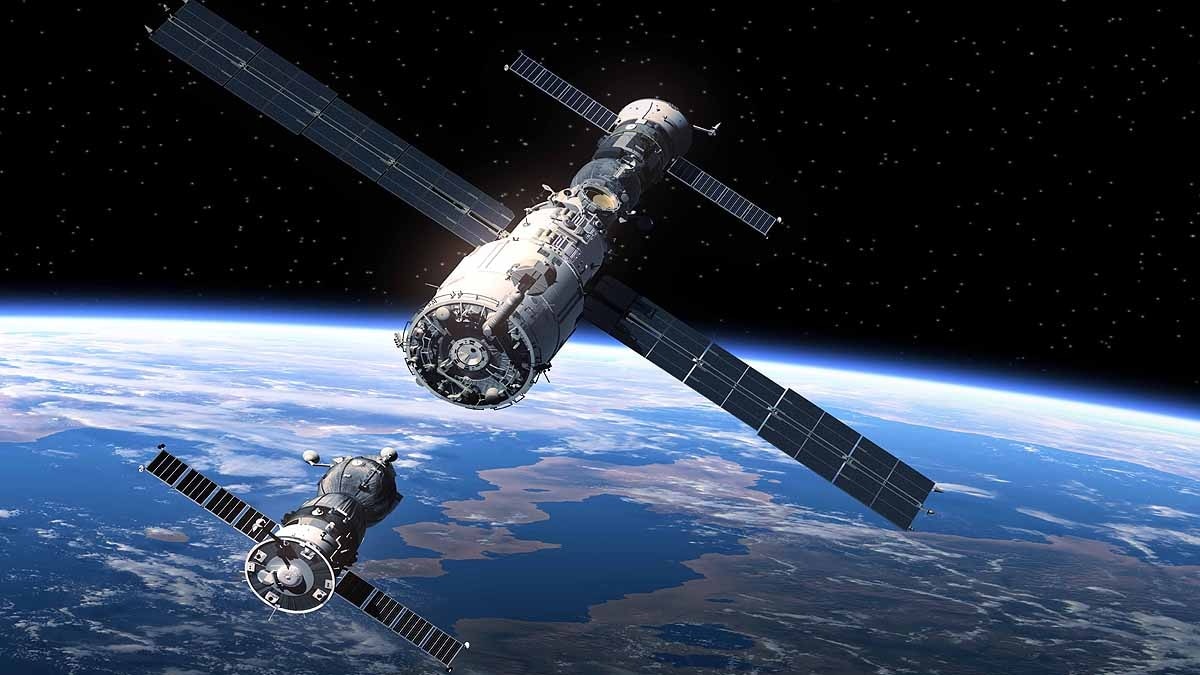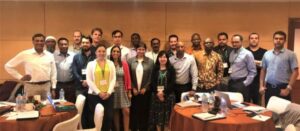SPADEX represents a significant milestone in India’s journey toward becoming a global leader in space exploration. By mastering docking technology, ISRO not only advances its technical capabilities but also strengthens India’s strategic position in space diplomacy and innovation.
For UPSC aspirants, SPADEX is a relevant topic that demonstrates the intersection of science, technology, and national policy. Understanding its objectives, challenges, and implications prepares aspirants to tackle related questions confidently in both prelims and mains.









